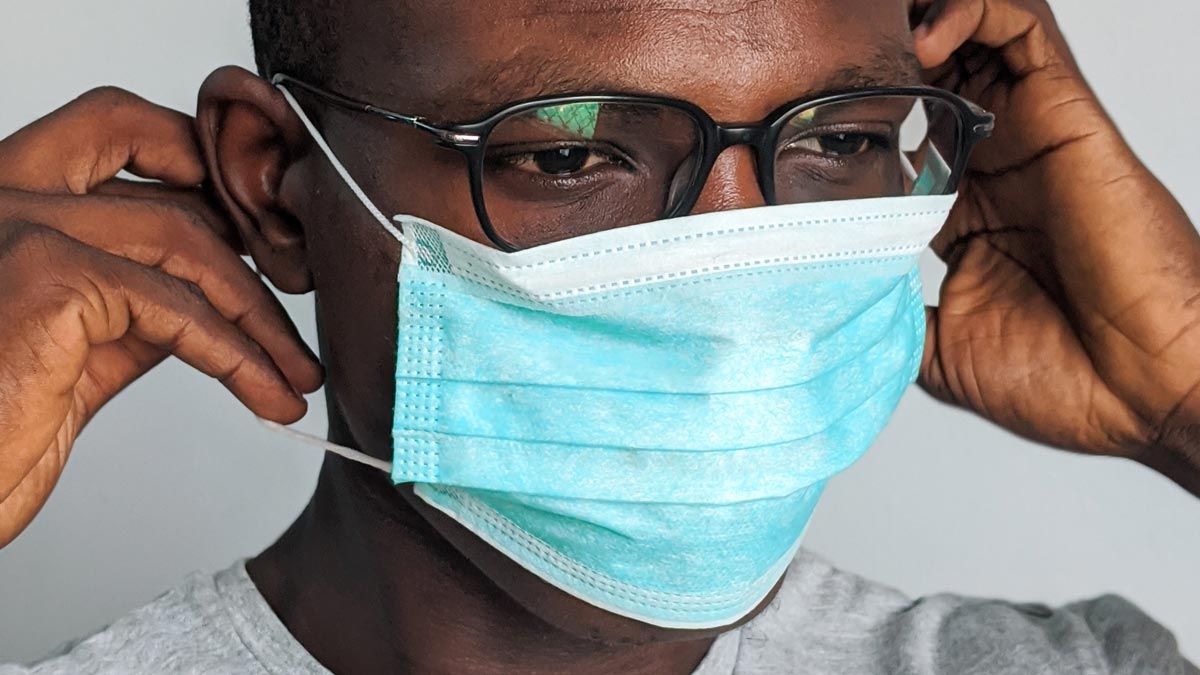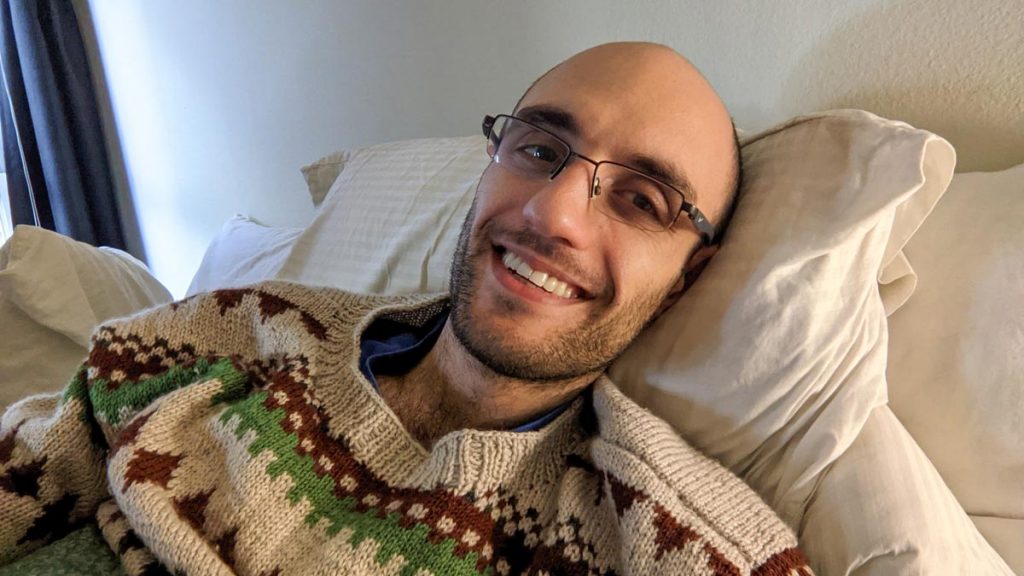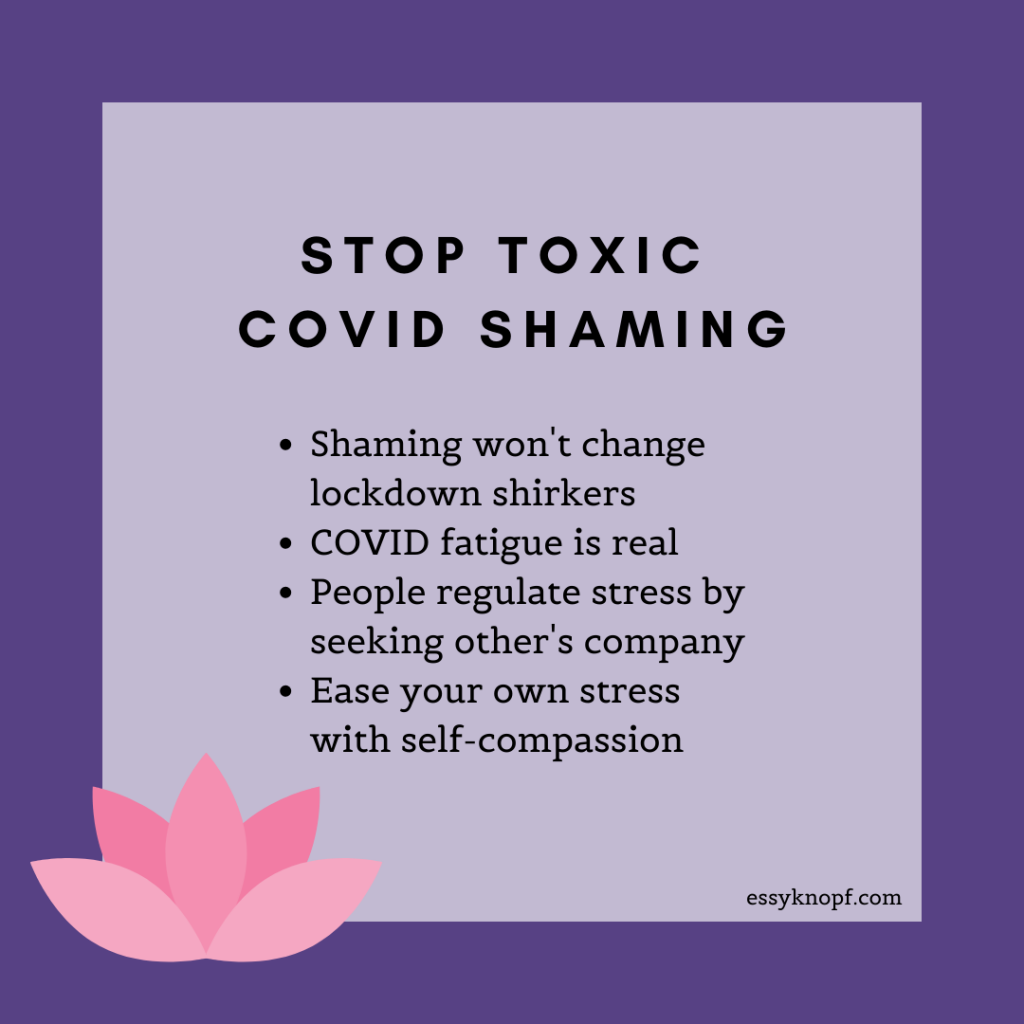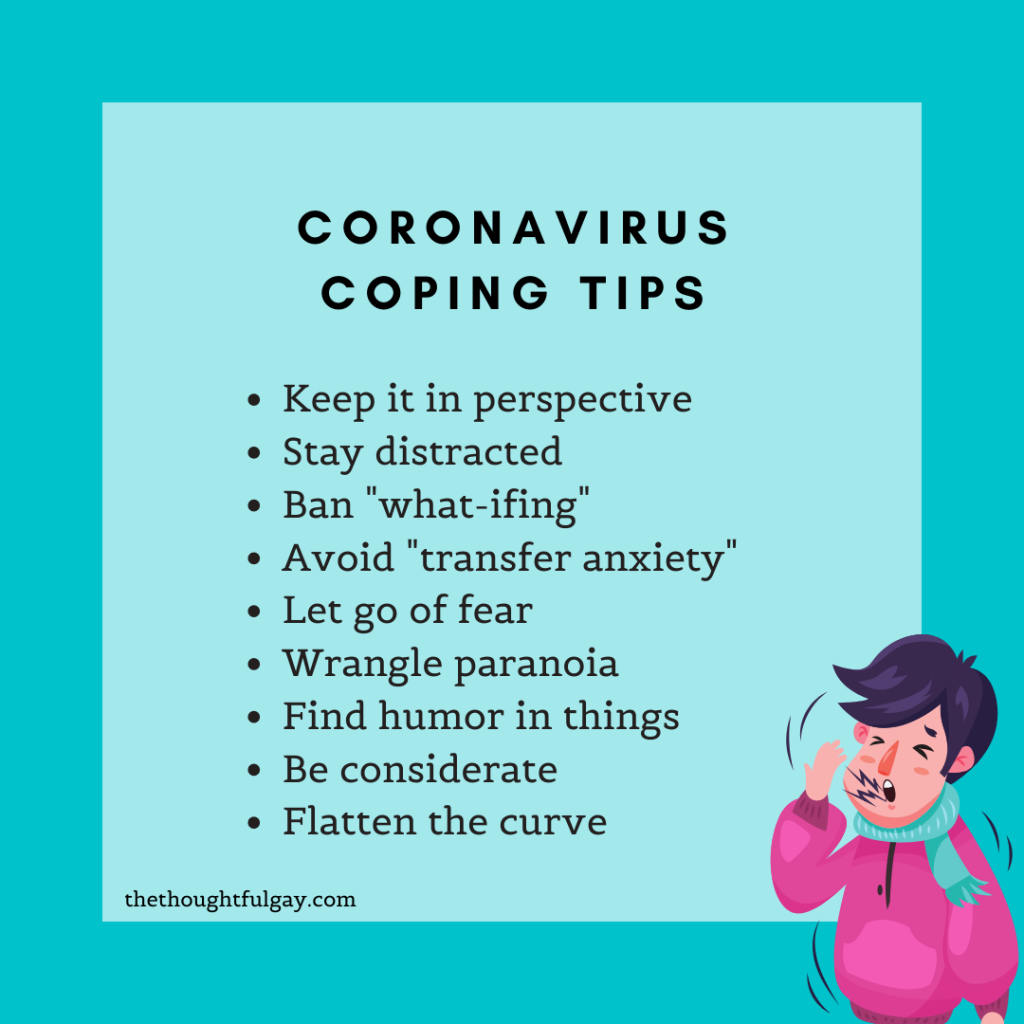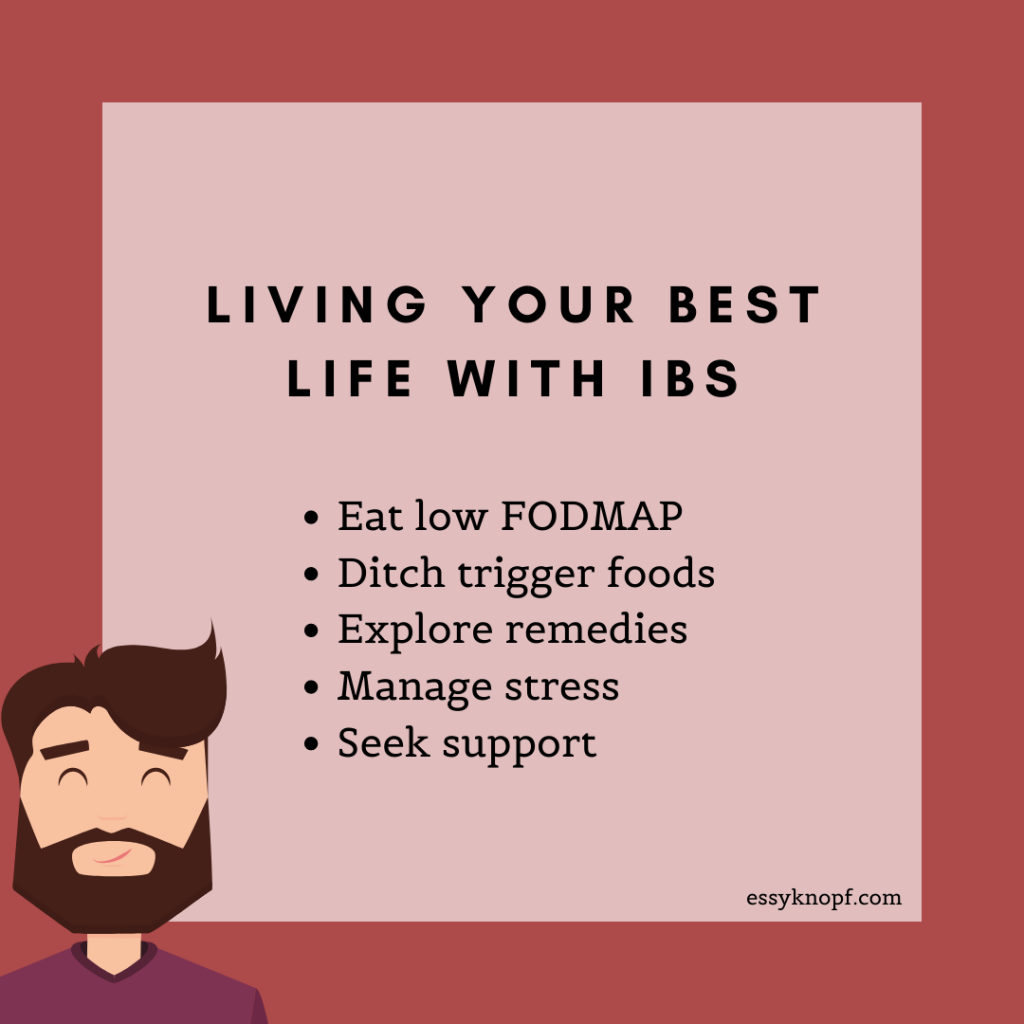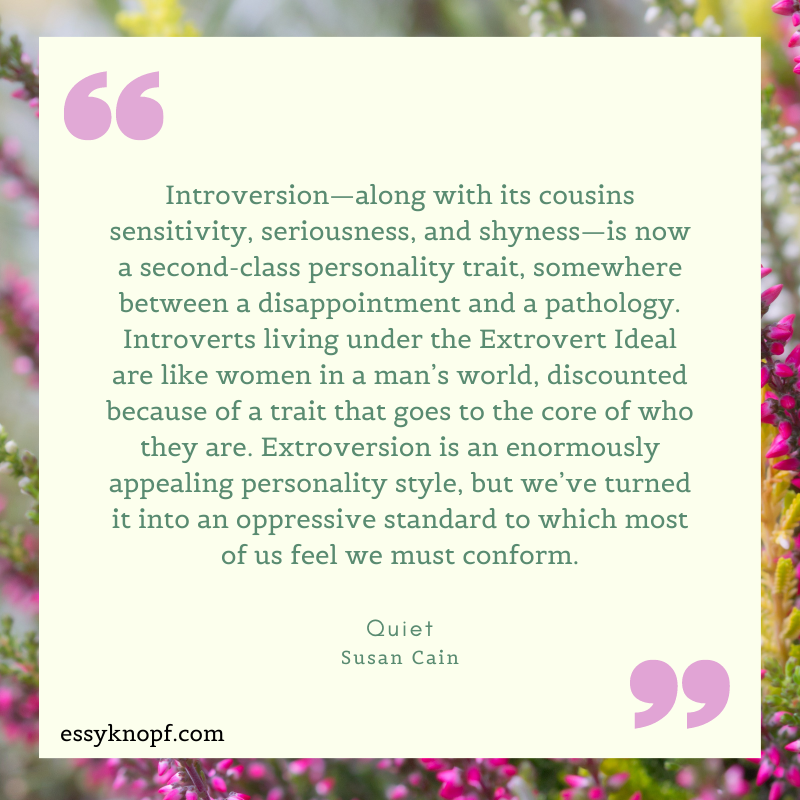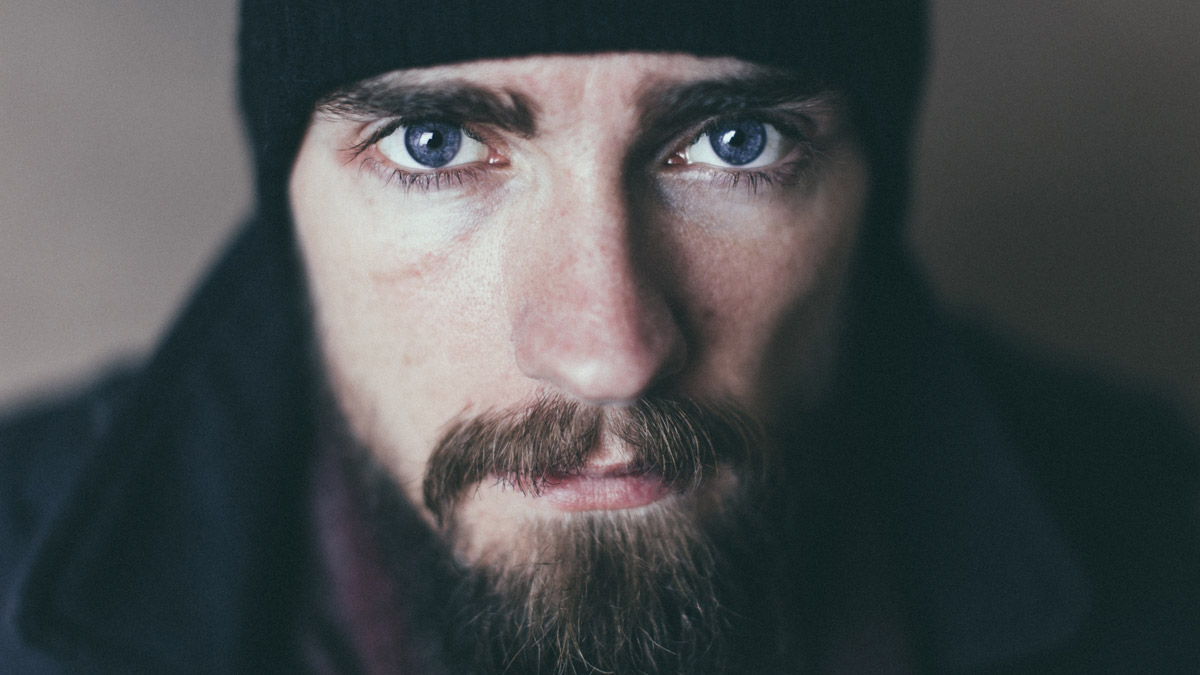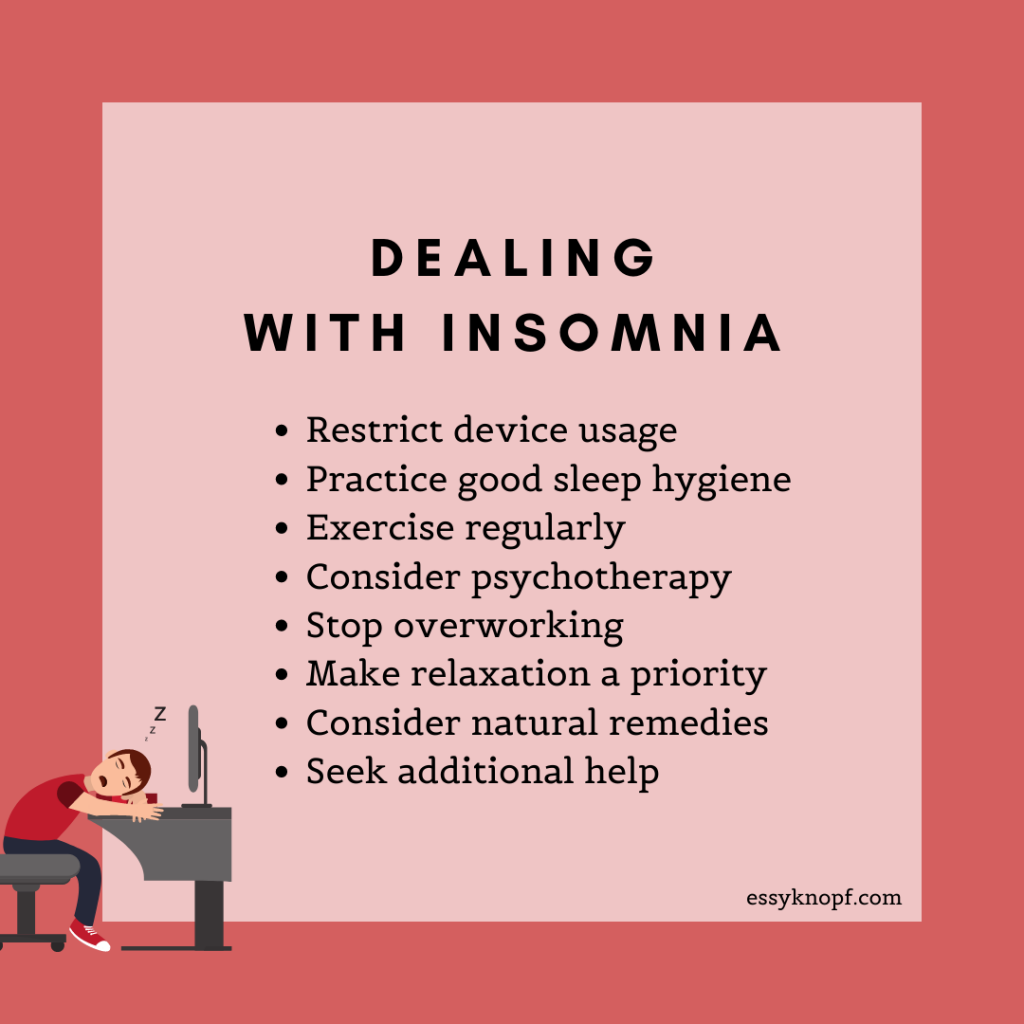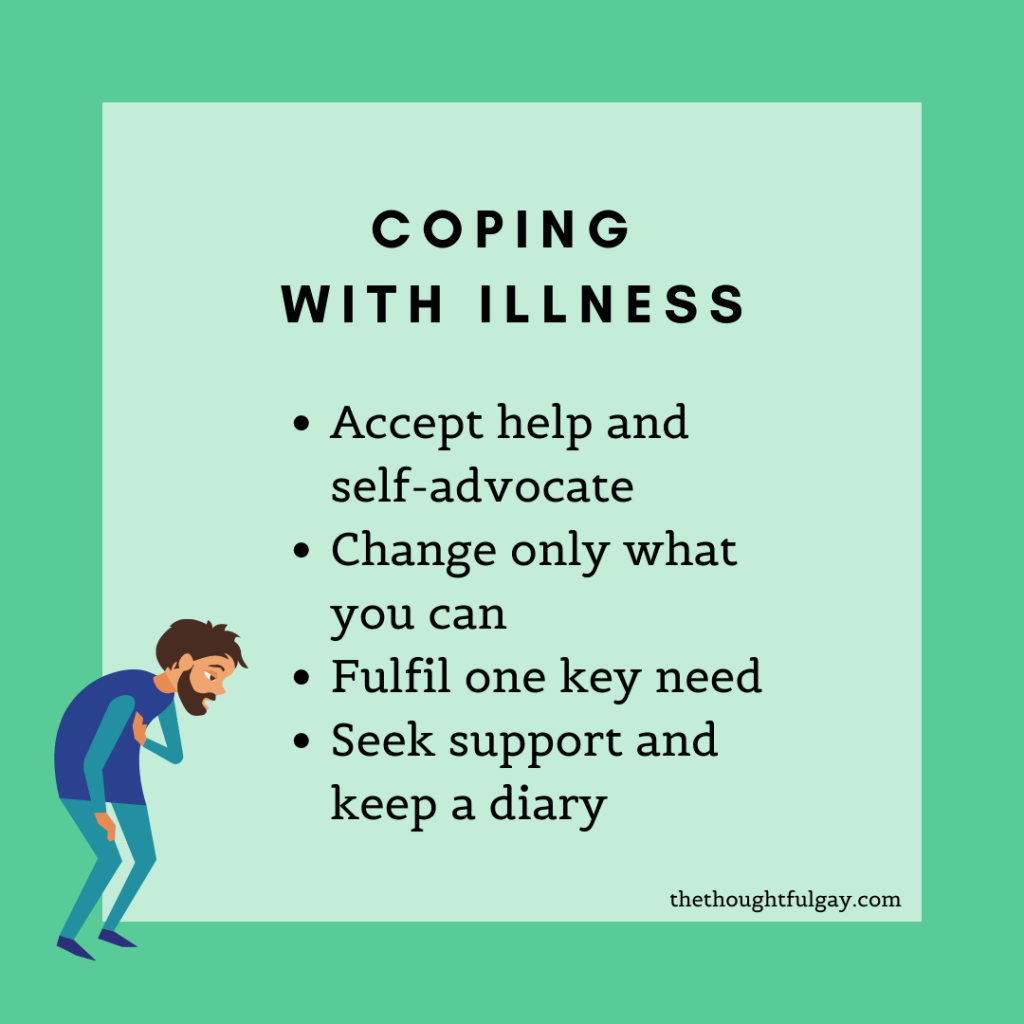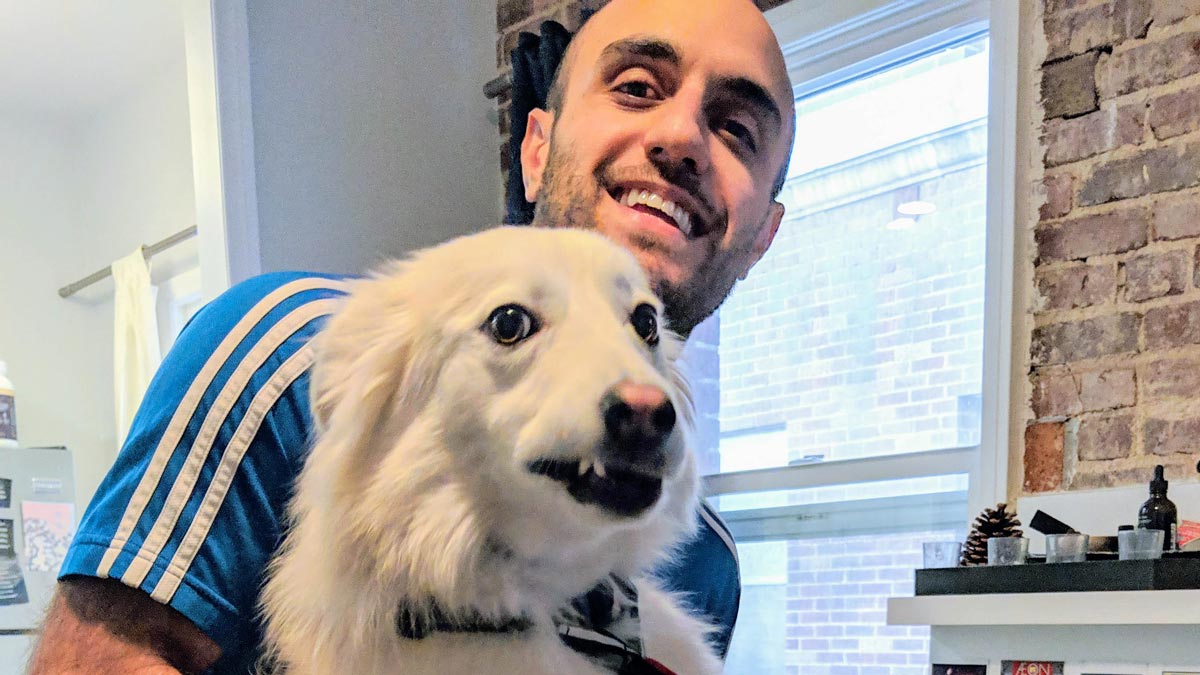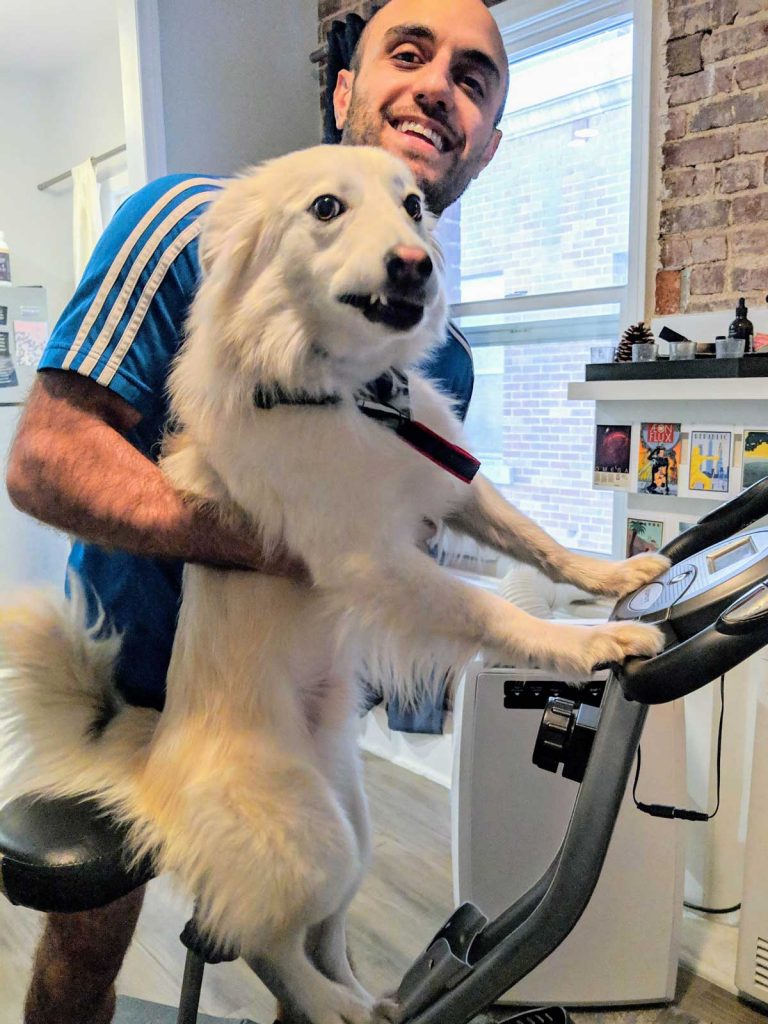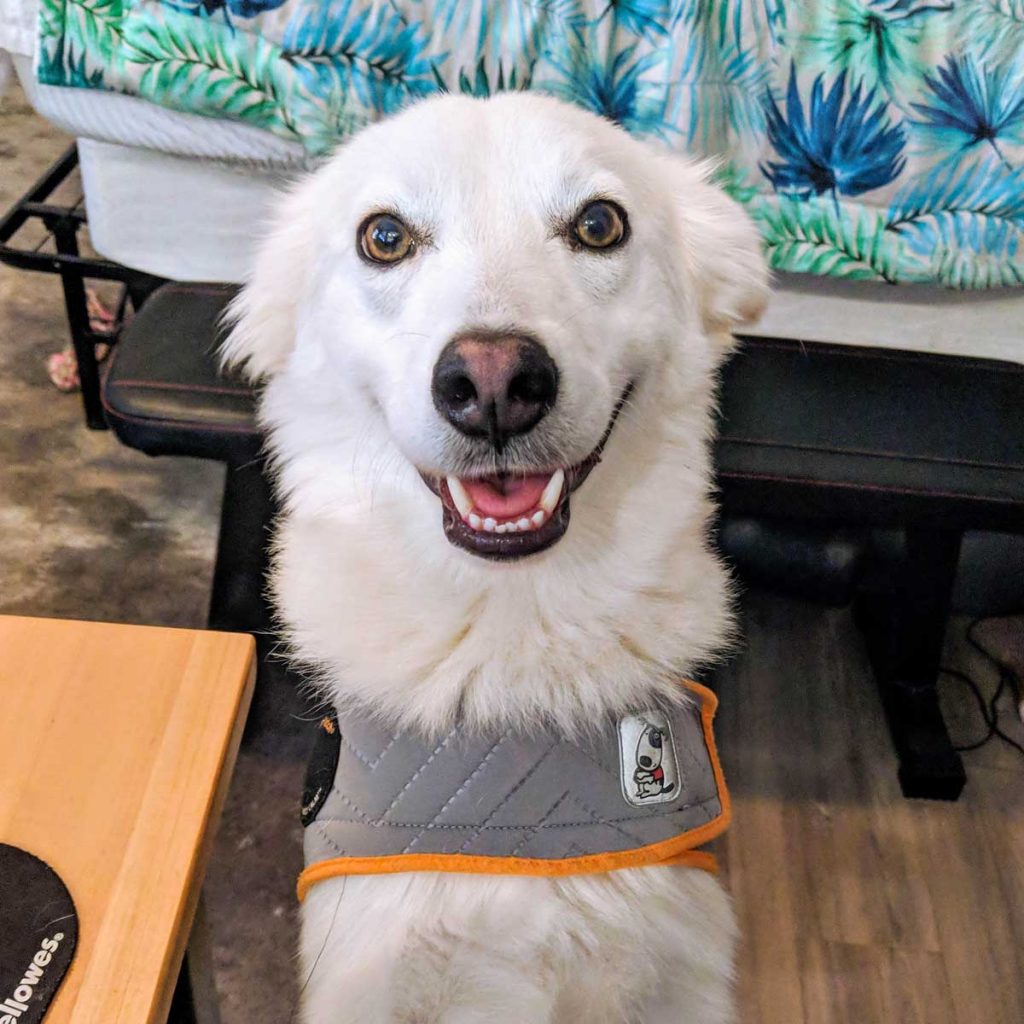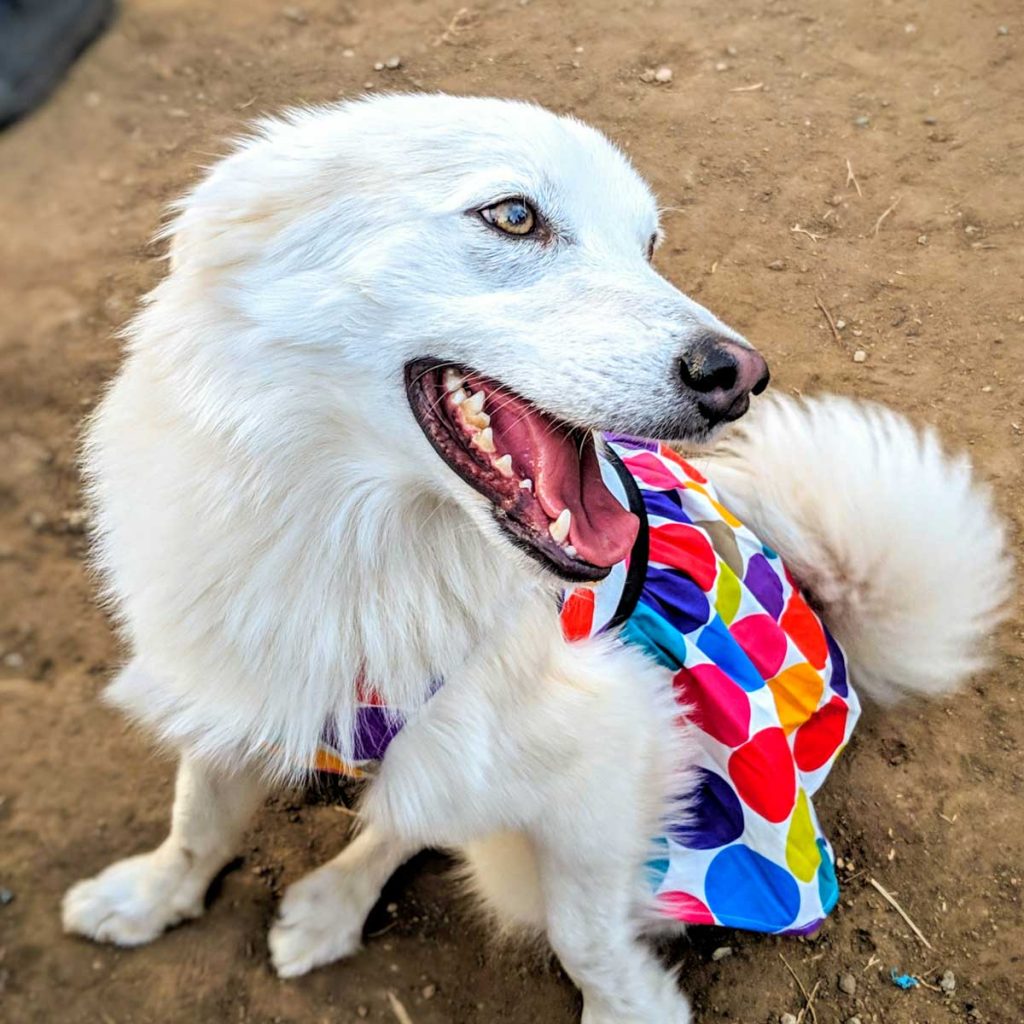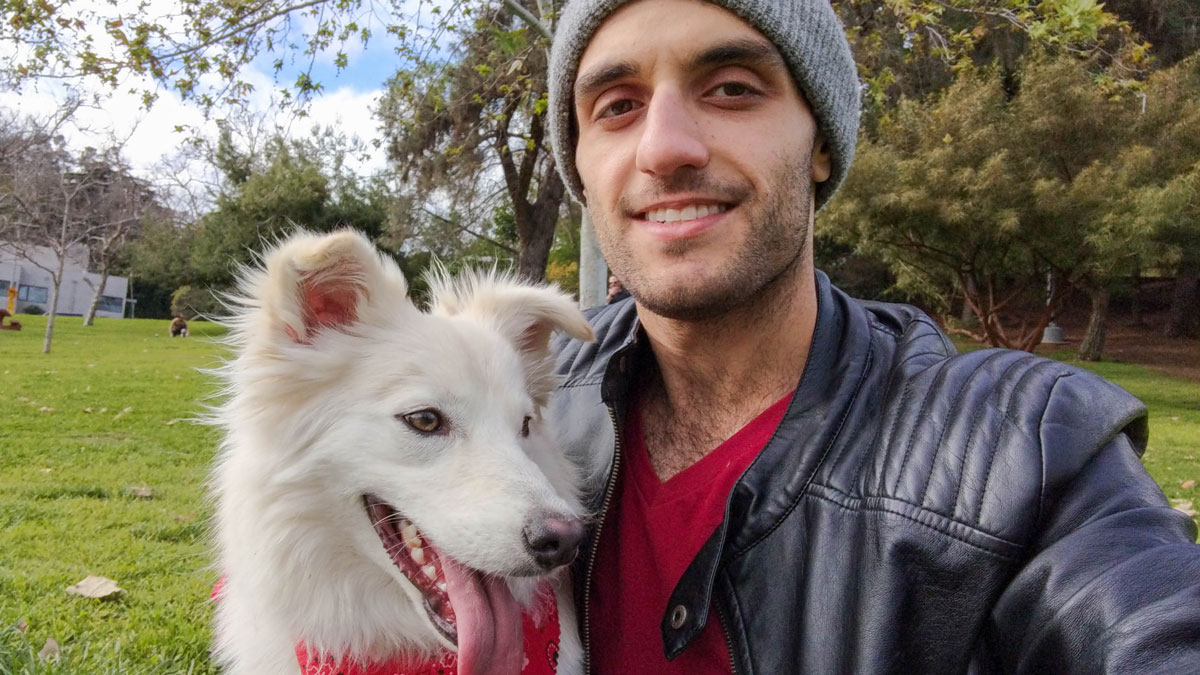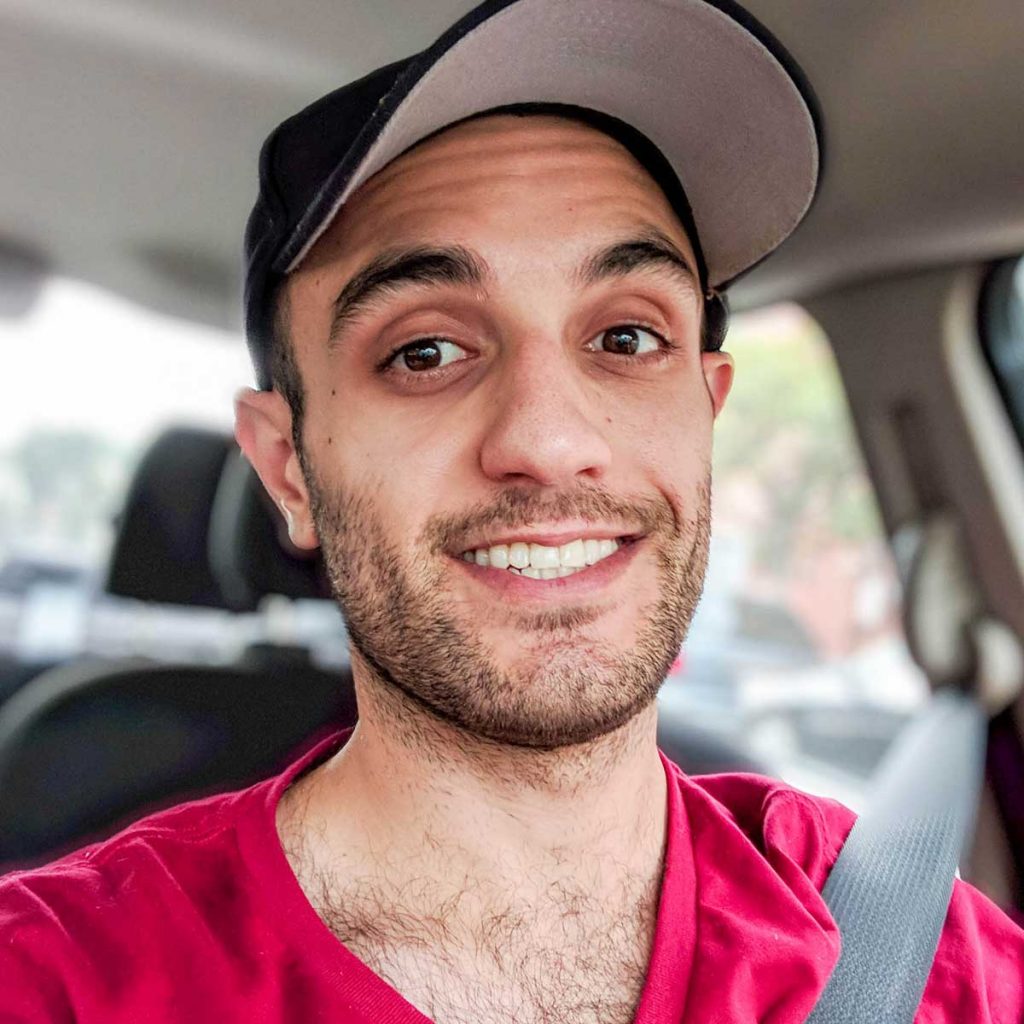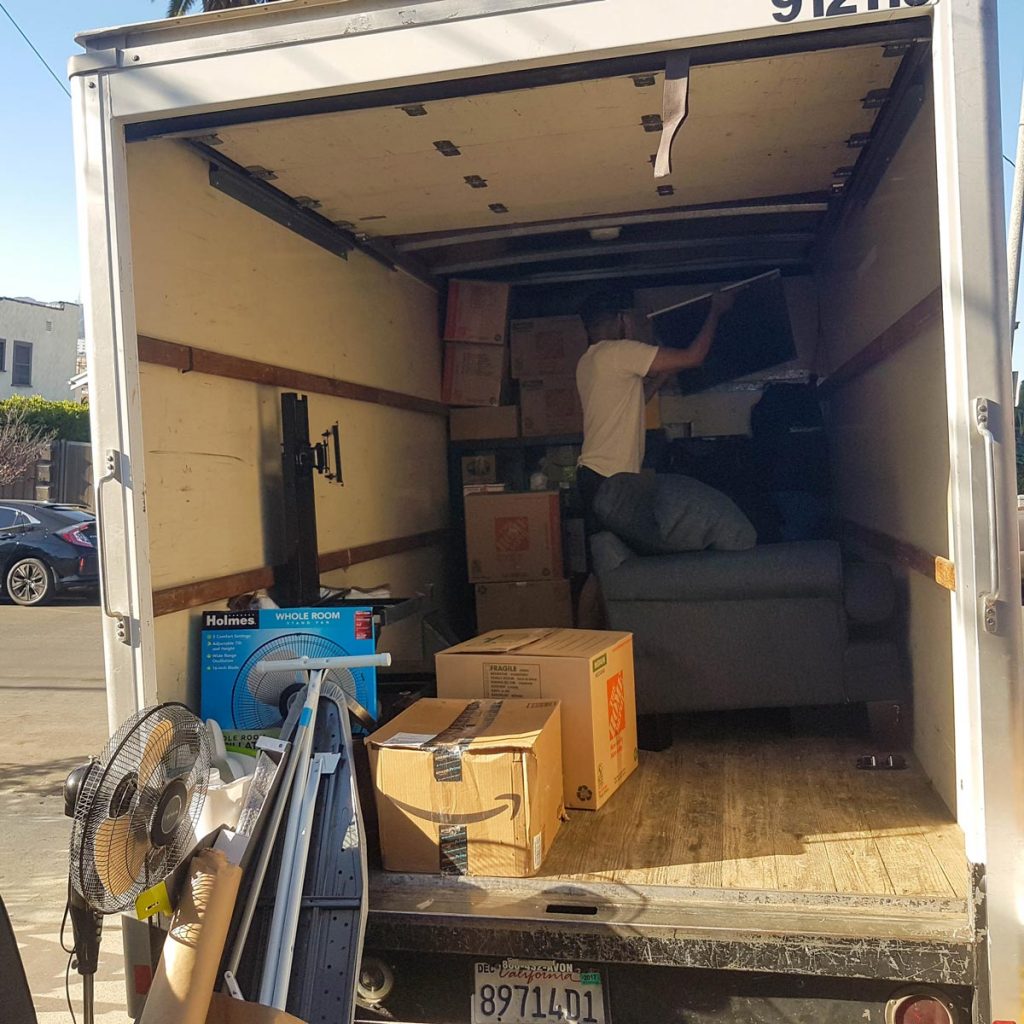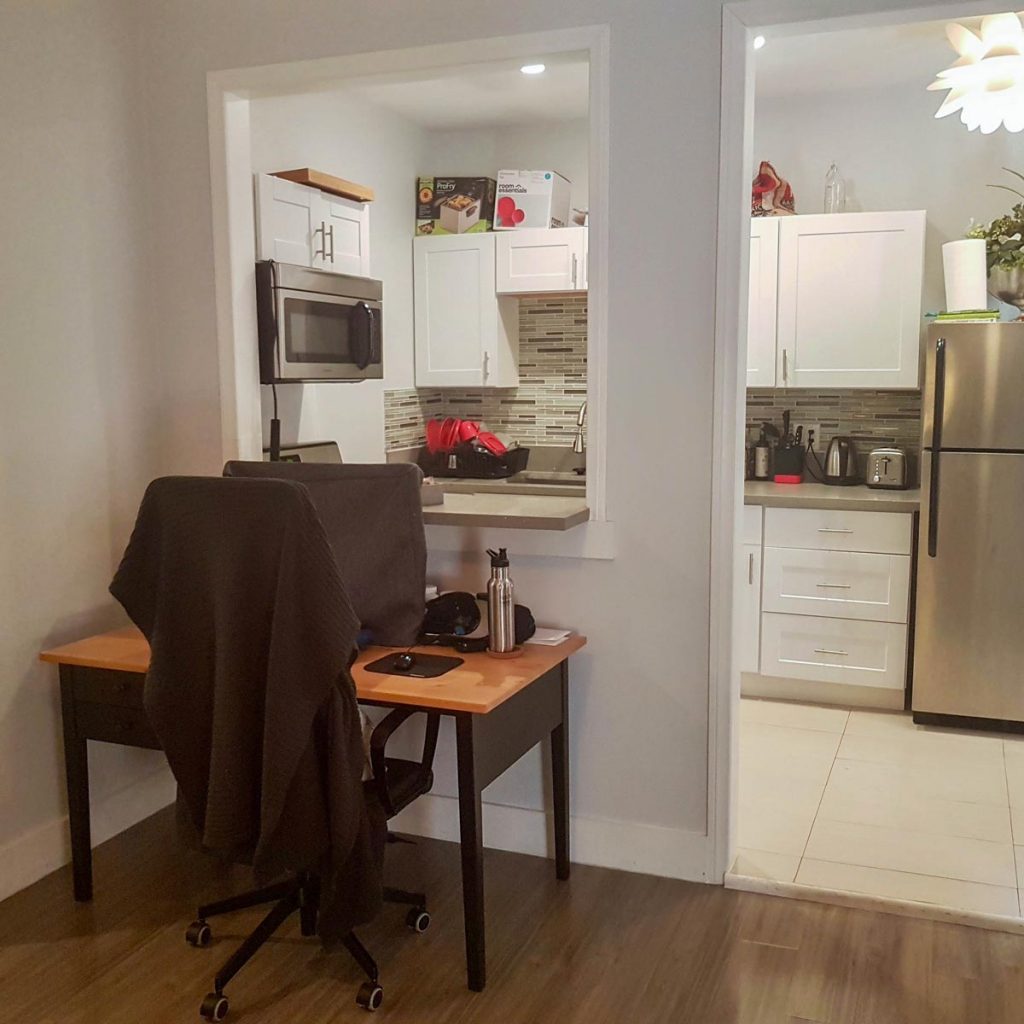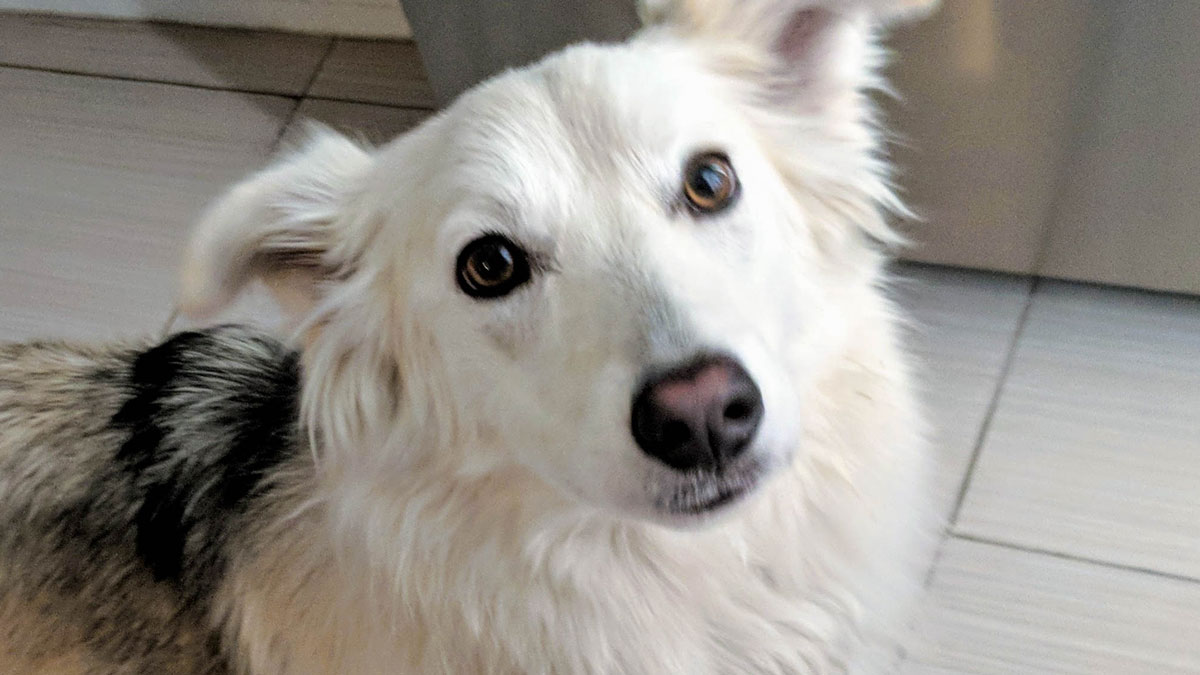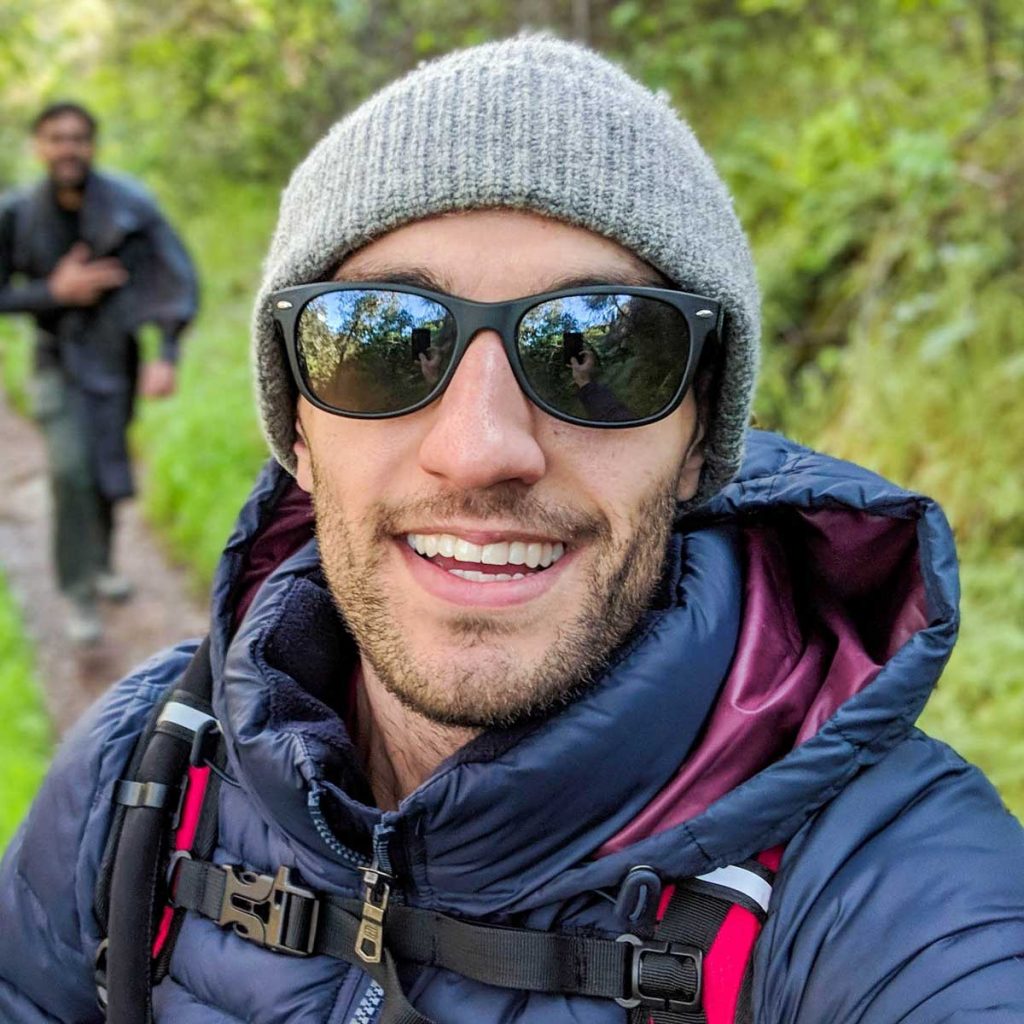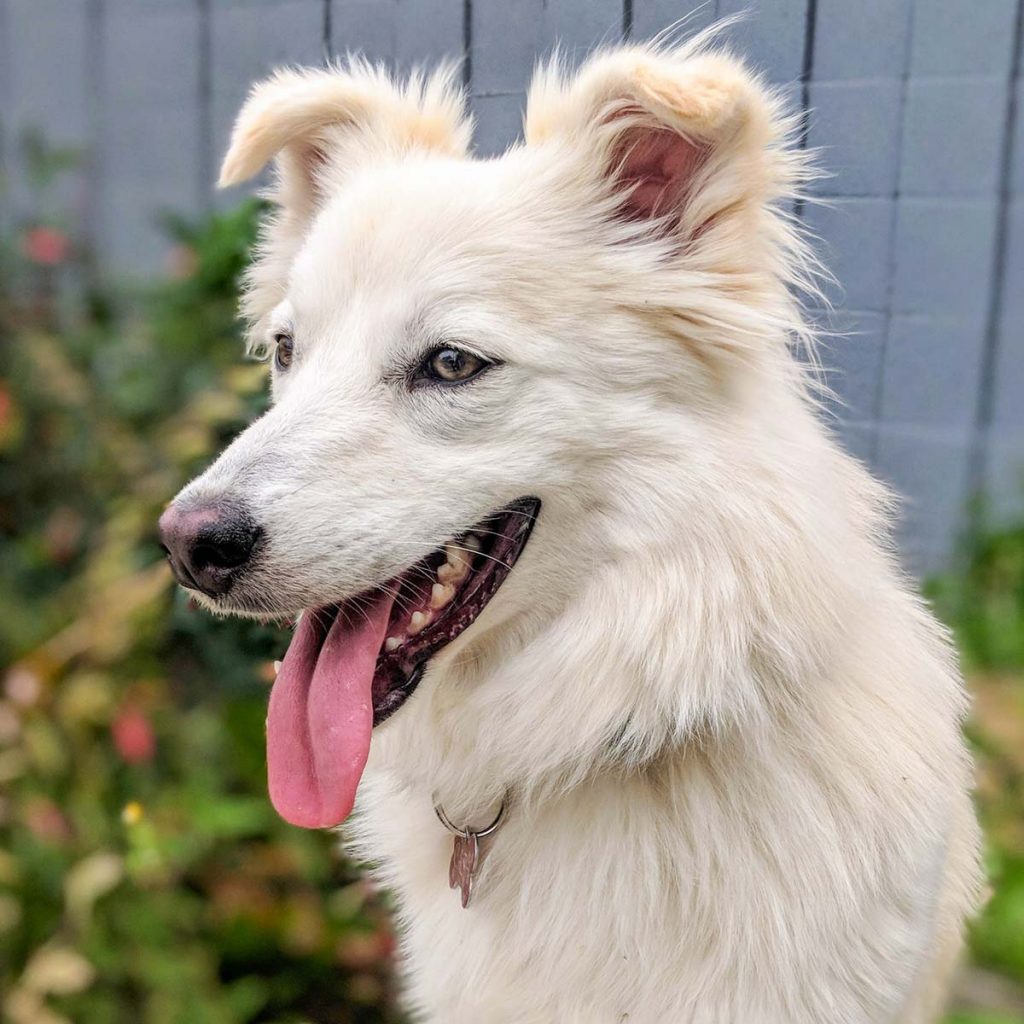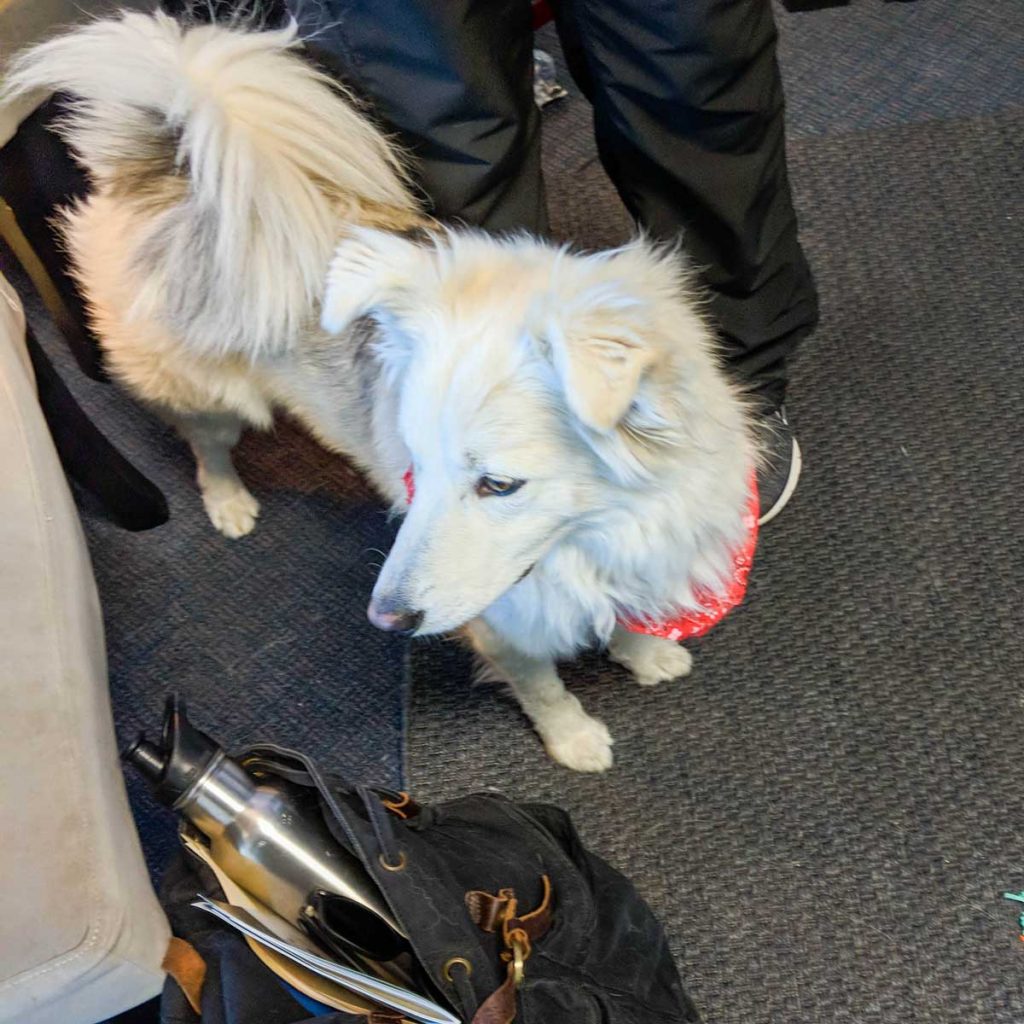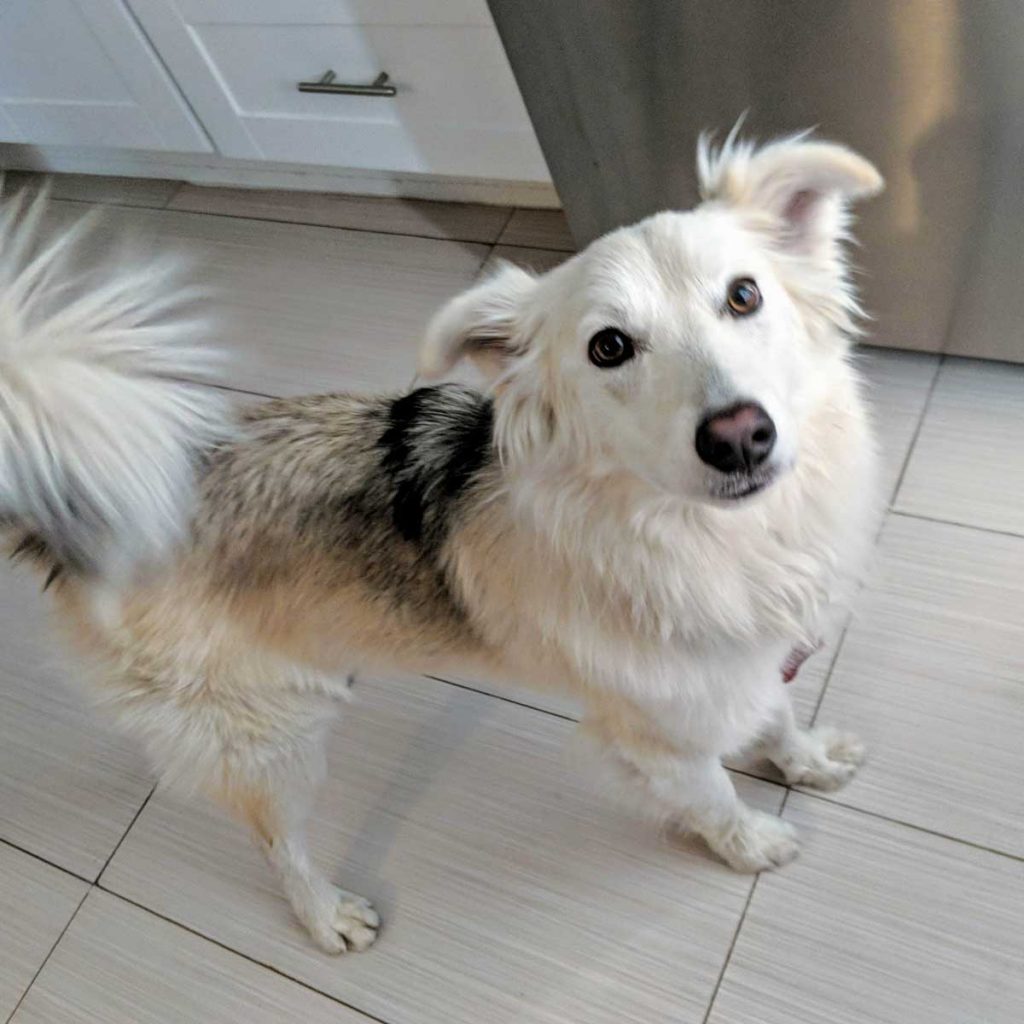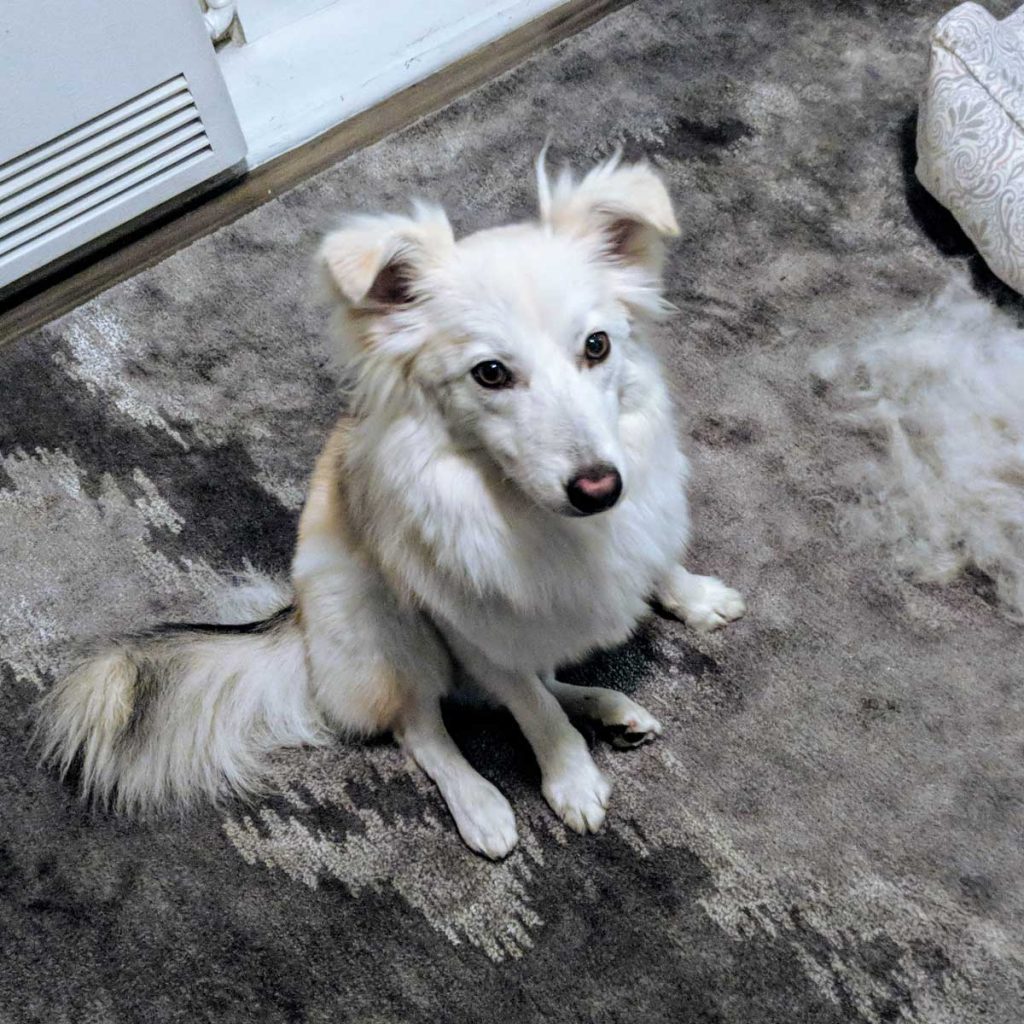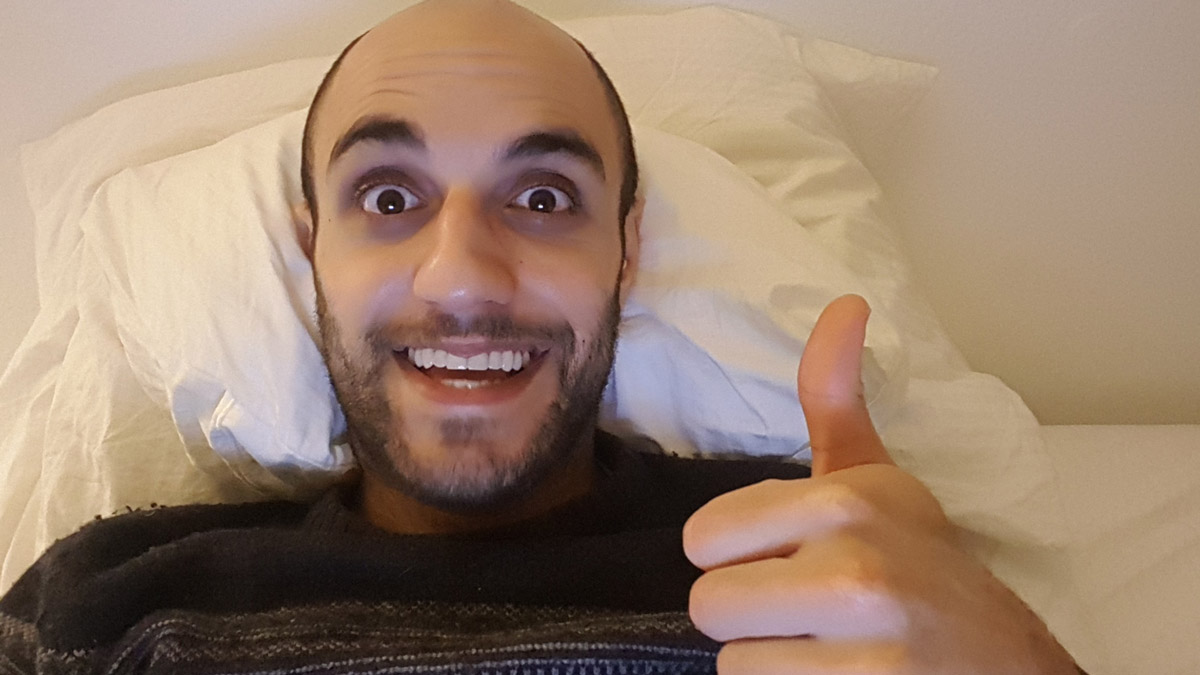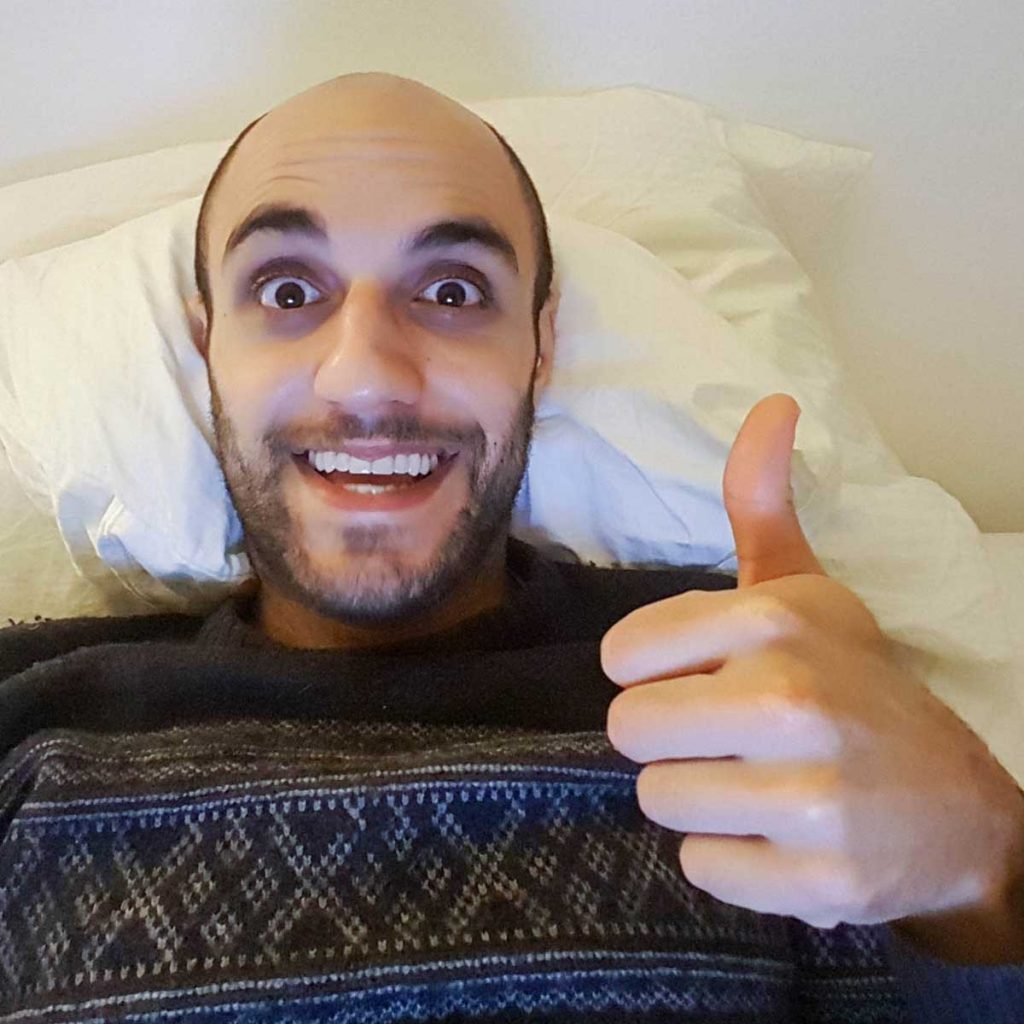11 ways not to crash and burn in social work school
If there’s one experience that unites social work school students, it’s a feeling of chronic overwhelm.
The Master of Social Work (MSW) program is a generalist degree, meaning it covers a lot of ground, spanning clinical practice, research, and macro advocacy.
Jampacked curriculums are how social work schools prepare students for the reality they will most likely have to wear many hats throughout their careers.
To fulfill our (well-earned) reputation as masters of resourcefulness, our teachers pile reading after reading upon us, leaving students buried under an ever-growing pile of work.
To make matters more difficult, within weeks of starting their degree, students are thrown into the field placement deep end.
The rationale here is that the best way to learn is by doing. Without practice, there’s a good chance that much of the coursework—often covered at a breakneck pace—won’t stick.
Struggling to keep up, we let our self-care activities fall by the wayside. Anxiety, study burnout, and imposter syndrome often result.
But this doesn’t have to be the case. Here are 11 tips I believe will go a long way to helping you not only survive, but flourish in social work school.
1. Prioritize with the 1-2-3-4 method
Your workload as a social work student is formidable. The only way you can ever hope to get (and stay) on top of it is by prioritizing.
To do this, organize all your tasks into the following categories:
- Do first
- Schedule
- Delegate
- Don’t do
Next, complete each task in order of priority. When another task is added to your list, make sure to continue assigning it a number and an action (if applicable).
More information on the 1-2-3-4 method can be found here.
2. Learn the value of strategic “nos”
If you’re a perfectionist, completionist, and/or a workaholic, you may struggle with assigning items to the final category, “Don’t do.”
But refusing to say “no” in this profession can come at a considerable cost to your wellbeing.
In social work school alone, you may be bombarded with invitations to extracurricular events. But between attending class and field placement and writing essays, you’ll probably lack the mental bandwidth to fully participate.
My suggestion would be to say “yes” only a handful of events you are certain will advance your learning or professional goals. As for everything else, feel free to ignore it.
Remember, even if you can’t attend the desired event, you can always ask the organizer in advance for access to a recording or slides.
If neither is available, ask if a peer may be willing to take notes on your behalf.
3. Calendarize
With so many responsibilities to juggle, the only way you can stay on top of it all is by making liberal use of your smartphone’s inbuilt calendar.
When scheduling items in this calendar, only add those from categories 1 and 2. Consider using a free service like Google Calendar or Apple iCloud Calendar to help you keep all calendar items synced across all your devices.
Next, make sure to set reminders. My suggestions are to use both instant notifications and email reminders to ensure you never miss an assignment deadline or another commitment. Find a system that works best for you.
When calendarizing assessment due dates, you may find it helpful to break the task into baby steps and set mini-deadlines for each.
Before you can write a paper, for example, you’ll need to complete some often lengthy “pre-work” tasks. For example, conducting literature searches, reviewing readings, and completing an outline.
Allocating time and due dates to each of these activities can help keep you on task. It can also convey a sense of progress and positively affirm your efforts.
This brings us to point four…
4. Reward yourself
All human endeavors are ultimately driven by the promise of reward. It makes sense therefore that when setting out to accomplish a task, we need to have first identified the payoff.
Rewards can be intrinsic: completing the task may be in itself an affirming experience. They can also be extrinsic, such as buying yourself a small gift upon completing a school semester.
This may sound like self-bribery, but everyone can benefit from a much-needed boost to our motivation levels from time to time.
Rewards don’t have to be anything huge. They can be something as simple as treating yourself to a coffee.
Just finished a grueling paper on social work policy? Go out for a walk. Spent the morning poring over a stack of readings? Take the rest of the afternoon off to relax in the park. You’ve earned it.
5. Maintain boundaries
Boundary setting is crucial to remaining sane in the social work field. This applies as much to interpersonal relationships as it does to managing your time, especially where schoolwork or your field placement is concerned.
As you plan out each day, don’t forget to set limits on the amount of time you dedicate each day to work. Make sure to pencil in time for unwinding.
Set a window each day to reply to all non-urgent emails, calls, or text messages that relate to school and your placement. Once that window closes, don’t reopen it.
Treat “you” time as sacrosanct. The only thing you should be prioritizing during downtime is rest and rejuvenation.
Maintaining boundaries in this fashion can help protect you against burnout, both as a student and as a fledgling social work professional.
6. Self-advocate
Our lecturers drill into us the importance of self-advocating. Social work school and your field placement present numerous opportunities in which you can hone this invaluable skill.
If there’s something you need to know or want to learn, ask a teacher or field supervisor.
Given you are paying for access to their expertise (through either school fees or your own labor), you have a right to advocate for as many learning opportunities as you feel you need.
If you require an extension on an assessment due date, ask for it. Your lecturer will likely be more than willing to accommodate your request.
Should your requests go ignored, persist, but be sensitive to the reality that what you’ve asked for may not always be possible.
Exercise the fine art of picking your battles, and be prepared to switch gears should the situation call for it.
7. Manage up
Fieldwork supervisors are usually torn between many competing responsibilities. What can this mean for you? Inconsistent supervision.
Meetings may be rescheduled at the last minute, or supervision sessions may be interrupted and even canceled. For social work students, these situations can be frustrating and demoralizing.
In such instances, I recommend managing up. Keep reaching out, asking questions, and making requests. Send emails to your supervisor daily, outlining your priorities and any tasks or activities you plan to undertake.
Solicit your supervisor’s input, but should you not get it, be prepared to take initiative.
Keep your appointed field liaison apprised of the situation. Be accountable by keeping a log of all your activities, interactions, and communications as proof you held up your end of the field placement bargain.
8. Live and breathe win-win
Like any situation in life, we should approach the social work profession as an opportunity to champion both our interests as well as that of others.
Invite the input of all with whom you work. Collaborate to find solutions. Embrace differing viewpoints, and always disagree without being disagreeable.
Never leave anyone feeling like they’re “one-down”. This is a sure way to breed resentment and burn bridges.
We have all at some point encountered difficult people. We have all seen firsthand how their behavior hinders their success. We can learn from this by striving to model our personal best.
See it as your job to leave a positive impression with all whom you cross during your educational journey.
You never know if you will rub shoulders with these folk again later on—or if you might find yourself in the position of asking for their help.
9. Elevate your classmates
All social work students are united by a common struggle…to survive school!
Try to grow your social work community by performing acts of service for classmates.
Lend a hand when needed. Celebrate others’ wins, praise their achievements, and give without expecting to receive.
Again, there may come a time when you have to call in a favor. Now’s the time to start collecting brownie points.
10. Raise your voice
Whether it’s conducting a one-on-one therapy session, facilitating a group, or advocating for social justice, confidence is key to our success as social workers.
If you think confidence is something we are all born with, think again. Confidence is a trait that can be cultivated through practice. You can get the ball rolling while still in social work school by speaking up.
Sharing our thoughts and experiences in front of our peers is an act of courage. It requires that we be emotionally vulnerable and open ourselves to the possibility of being ignored, judged, or criticized.
Given many of our classmates are little more than acquaintances, we may have little cause to trust that what we say will be heard and respected.
Still, there’s no better forum in which to make mistakes than in school. Mistakes are, after all, how we best learn.
Consider the fact that you have a unique perspective that others may from hearing. Silencing yourself thus deprives others of the chance to grow and learn.
Speak your passion, and chances are you’ll energize others to do the same.
11. Be a proactive learner
We are all ultimately responsible for our own professional development. So any time you identify a gap in your knowledge or skill set, think of ways you can close that gap.
If you don’t understand course content, approach your lecturer after class and request clarification.
If you need to brush up on your clinical skills, ask your field supervisor for more in-depth training. Reach out to faculty members to see if they have additional resources that they can share.
Should your budget allow, purchase additional trainings from a reputable nonprofit organization like PESI and split the cost with your classmates.
Failing that, a quick Google search can yield an array of free manuals, demonstrations, and tutorials.
If you think you’d benefit from constructive feedback, don’t be afraid to request it from someone you trust and know has your best interests at heart.
Finally, consider finding a mentor to help guide you on your journey. You can start by identifying someone you admire within your social work school.
Cultivate a relationship with this staff member, then seek out their insights and support.
Wrap up
Social work school is a challenging experience, but engaging fully with that experience is sure to pay dividends.
The degree to which you exercise curiosity, organization, dedication, and resourcefulness now can help determine your ability to overcome many of the obstacles you’ll encounter later in the field.
Treat your MSW as a trial run; a chance to internalize and embody principles so often preached by this profession. You can do this by advocating for yourself as you also strive to empower others.
By setting good habits and establishing best practices now, you’ll both ease your way and lay the groundwork for a happy—and healthy—career.
You can read more social work-related posts here.
Essy Knopf is a therapist who likes to explore what it means to be neurodivergent and queer. Subscribe to get all new posts sent directly to your inbox.



